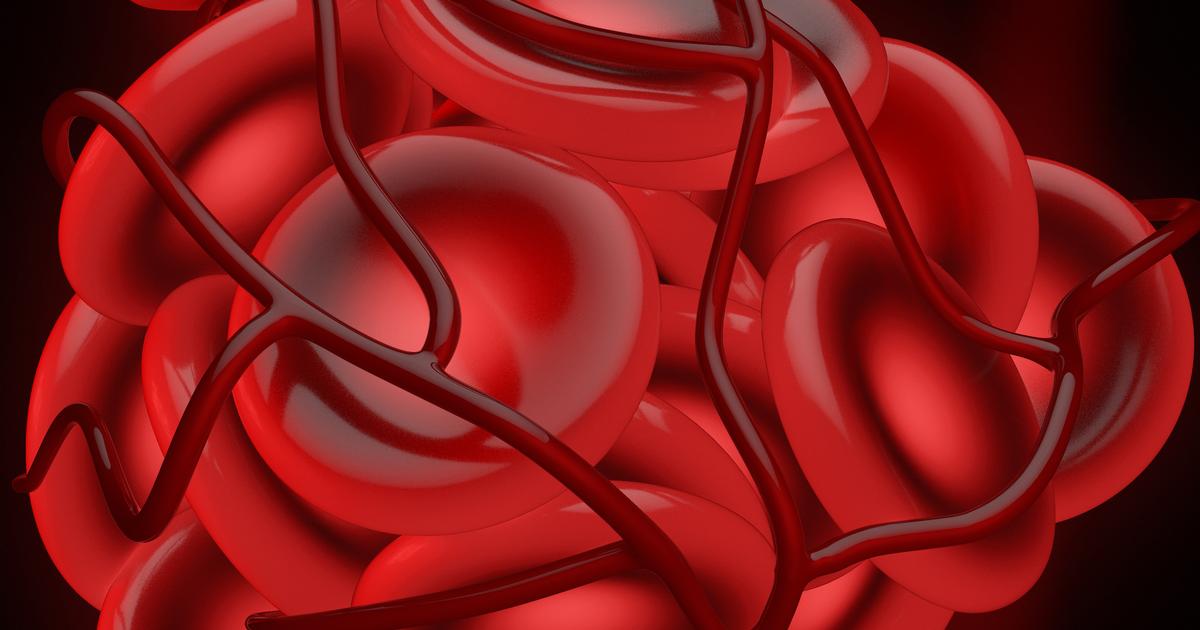Guide To The Causes And Risk Factors For Venous Insufficiency
Blood Clots

Blood clots are gel-like, semisolid clumps of blood. If a clot forms in the lower legs, this could lead to venous insufficiency. Small clots may produce no symptoms, and some patients might only notice minor pain and swelling in the calf. Large clots could cause significant pain and increased swelling, and the affected limb might have a reddish discoloration. It could also feel warmer than the unaffected leg. A blood clot in the leg could break off and travel to the lungs or other parts of the body, and this could be potentially life-threatening. If any symptoms suggestive of a blood clot appear, patients should seek emergency medical attention. Doctors will perform blood tests and a specialized ultrasound exam to detect clots, and medication to dissolve the clot can be given at the hospital. Patients who have had previous blood clots may be placed on anticoagulants to reduce the risk of future clots.
Continue reading to reveal more causes and risk factors for venous insufficiency now.